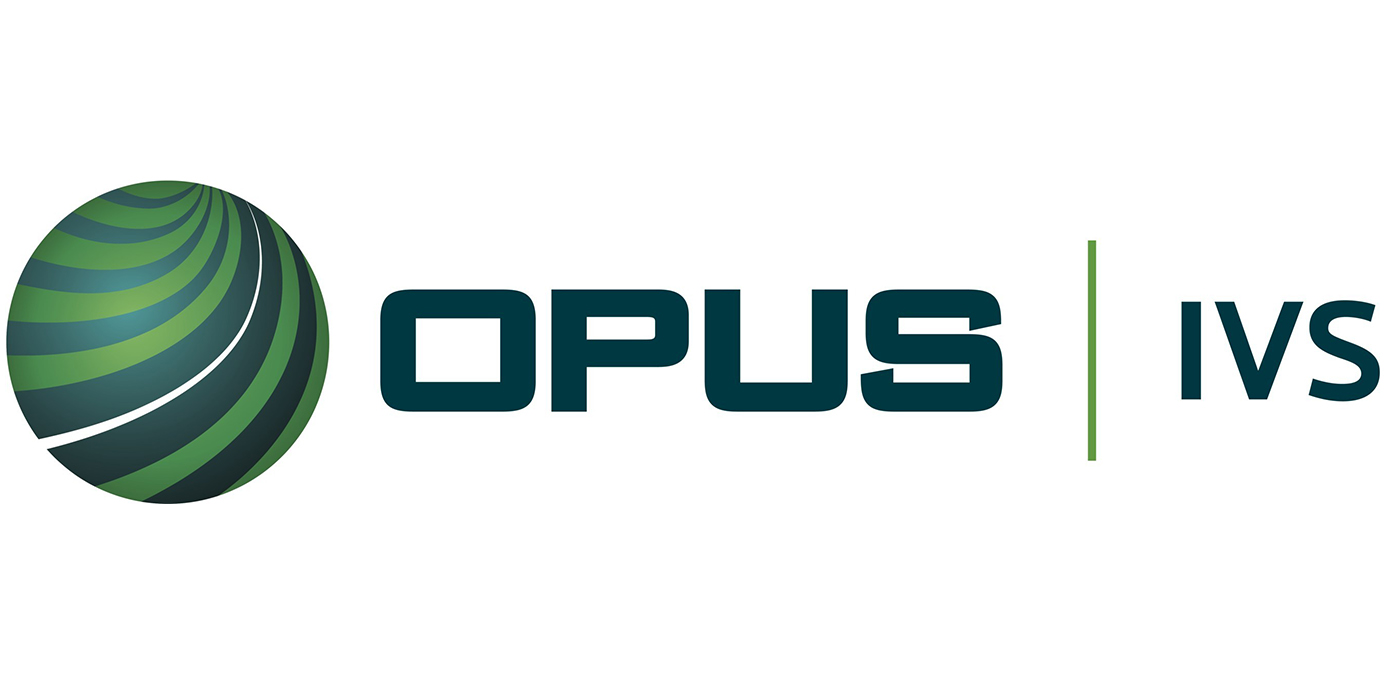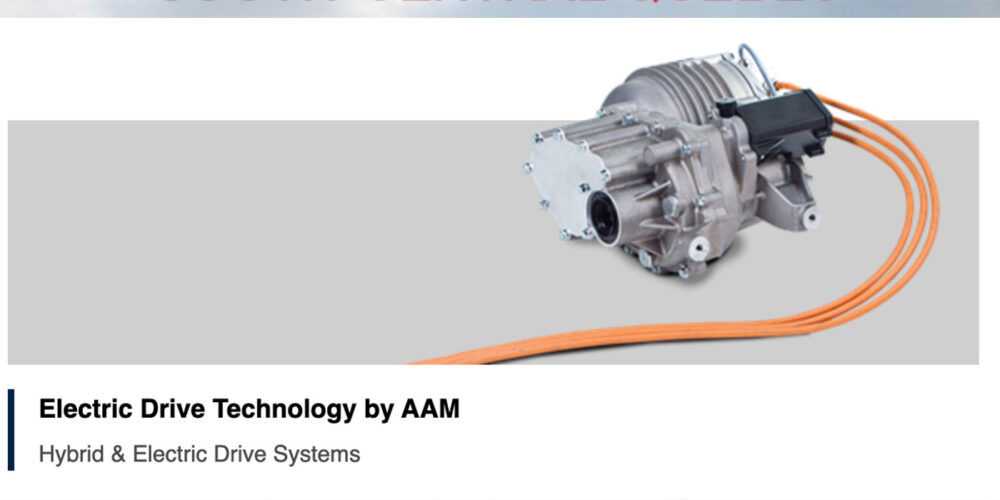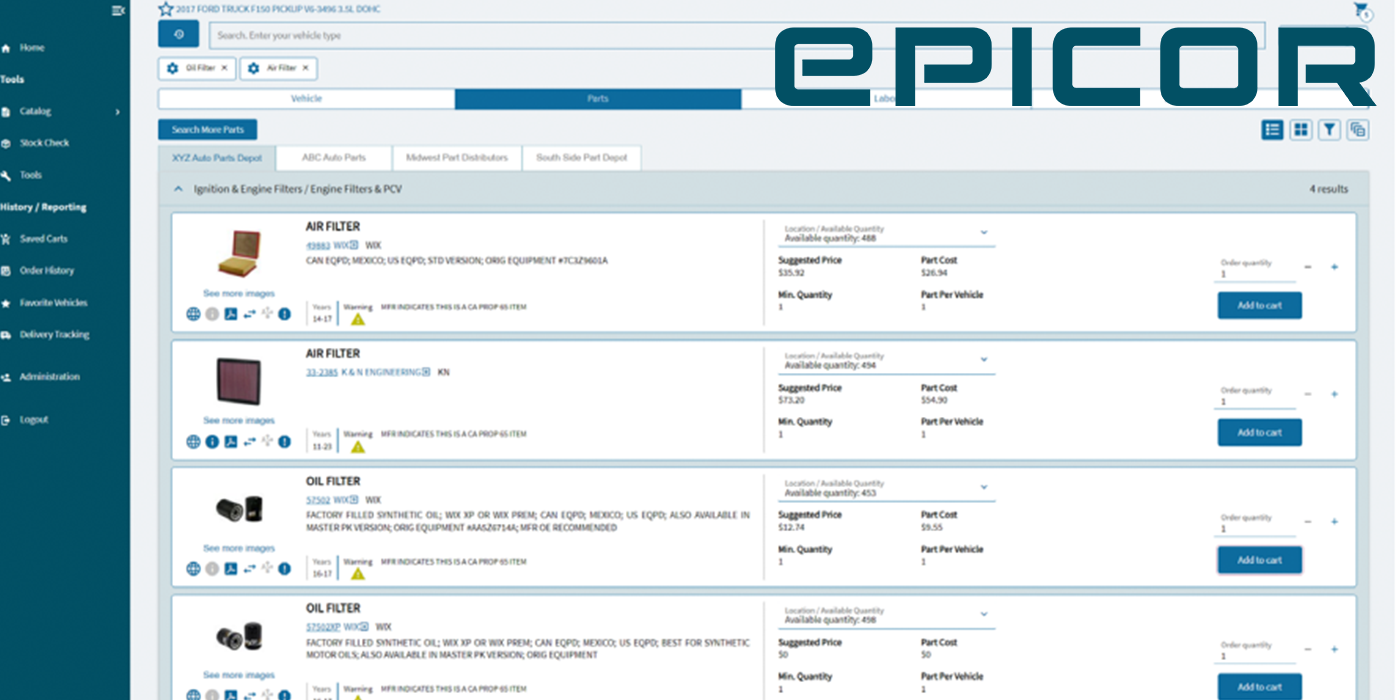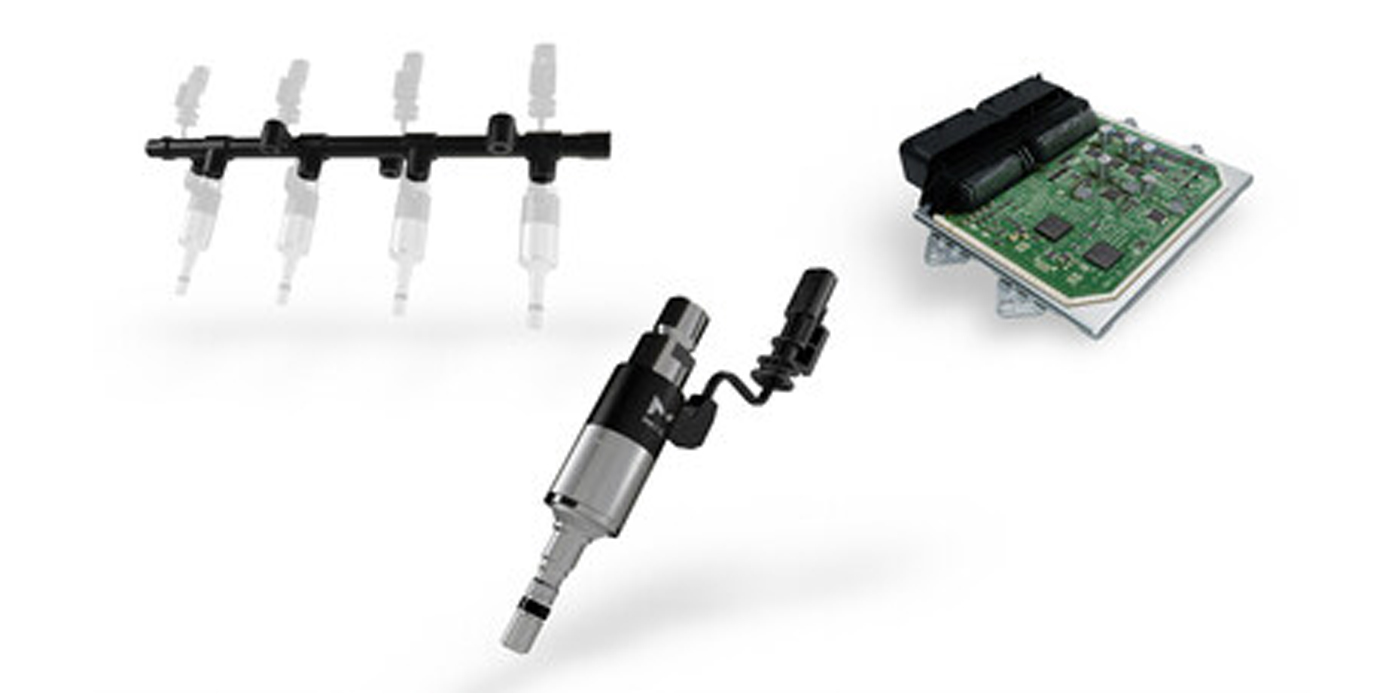In the 1970s, one of the most popular books for DIYers was John Muir’s “How to Keep Your Volkswagen Alive: A Manual of Step-by-Step Procedures for the Compleat Idiot.” With simple-to- follow instructions, the book was the perfect guide for know-nothing consumers who wanted to do their own repairs on a Beetle’s basic engine.
Yet as the years went on, consumers wanted more from their vehicles: more luxury, more technology and more sophistication — complex vehicles that can only be serviced and repaired by professionals. And, with sophistication comes increased costs to purchase, maintain and repair them. The good news for aftermarket parts and service providers: with higher prices, consumers will look increasingly toward third-party repair shops to keep those costs down.
Here are five trends that we are seeing in automotive ownership that will significantly impact the parts and service aftermarket.

1. The in-store experience is key. Synchrony’s recent Major Purchase Journey Study of 3,800 consumers found that when it came to automotive-related purchases, 79% continued to buy in-store. And 62% of those who did, visited a local independent retailer, with virtually all of that group preferring to shop locally.

2. Yet online is growing in importance. Most consumers (58%) went directly to the retailer’s website. But, regardless of which online method consumers use, in the end, all roads will lead back to the home page, reinforcing the importance of developing and maintaining a compelling, useful and comprehensive web presence. Use search engine optimization to ensure that when customers look for a business, yours will be at the top of the list.

3. Vehicles are aging. The Covid-19 pandemic and the resulting chip shortage have caused a dearth of new vehicles. Therefore, consumers are keeping their cars and trucks longer than ever before — 12.1 years, according to IHSMarkit. The older the vehicle, it is generally greater the cost to service and repair. Repair costs also are rising due to the consumer switch to SUVs and crossovers, which typically cost more than sedans to maintain. When doing business with aftermarket parts and service providers, consumers need to feel they are spending their money wisely.
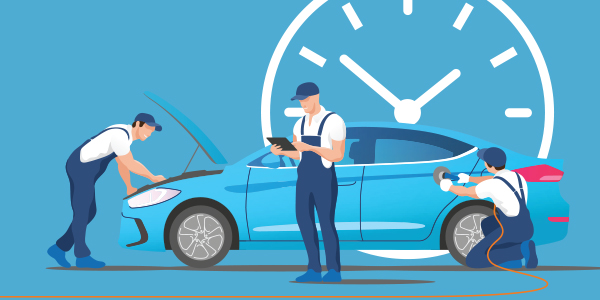
4. Repair times are increasing. Parts shortages continue to plague the industry, resulting in delayed repair times. Owners will be forced to rent temporary vehicles for longer periods, putting added pressure on the amount of money they’re willing to spend to repair their vehicles. Providing a good value to customers is key.

5. Financing repairs helps consumers say yes to necessary parts and service purchases. While there’s little that can be done to prevent an expensive repair bill when the work is required, consumers should be made aware of various financing options available in the aftermarket. In Synchrony’s Major Purchase Journey Study, 64% said financing makes large parts and service purchases more affordable. Regardless of which credit company aftermarket part professionals and service providers suggest, the financing and payment experience should be simple, with just a handful of application questions and easy, digital account maintenance.
With owners keeping their vehicles longer, the need for reliable transportation for work and leisure is paramount. Parts and service providers can take steps now to ease customer concerns and ensure that the aftermarket will always be top-of-mind when it comes to the consumers’ need for trusted, reasonably priced vehicle maintenance. AMN

About the Author:
Curtis Howse is Executive Vice President and CEO of the Home & Auto platform at Synchrony, one of the nation’s consumer financial services companies.





